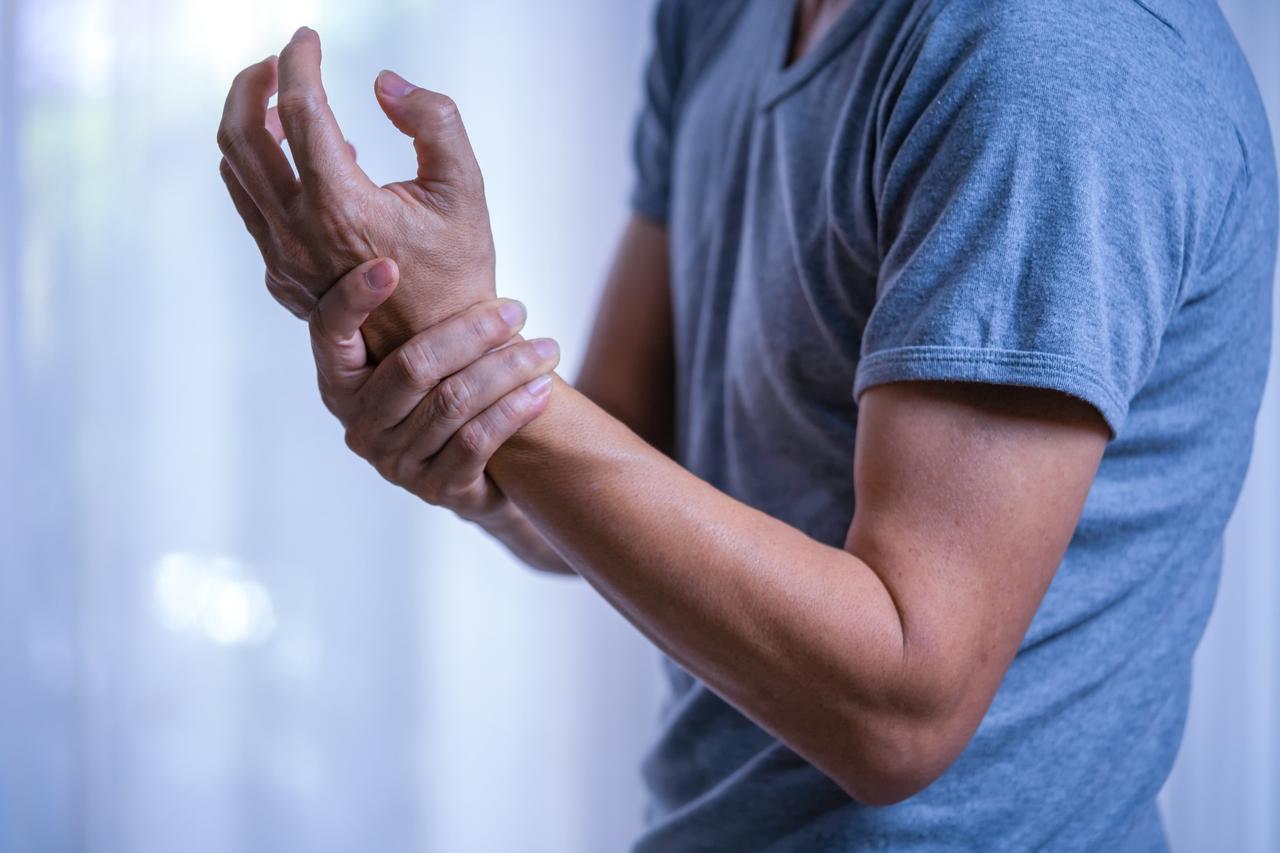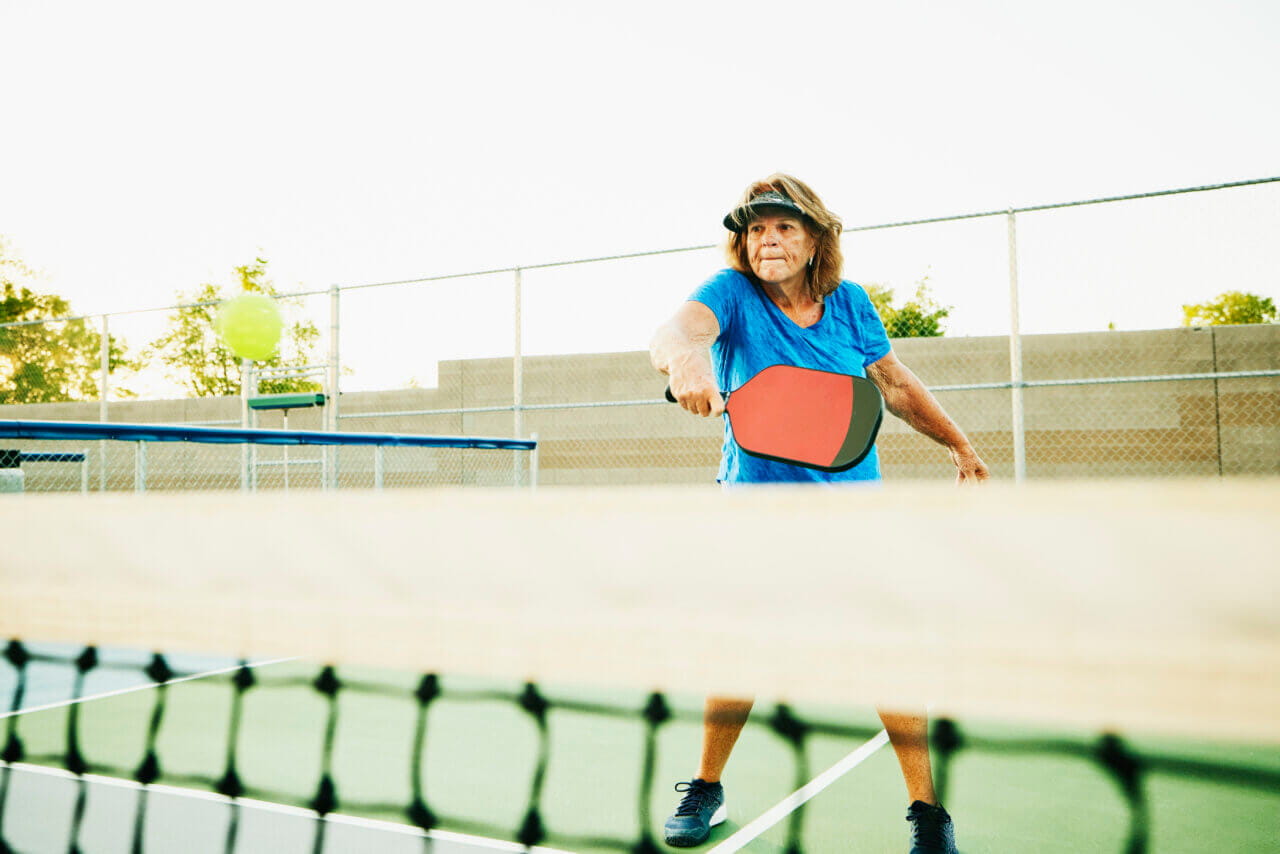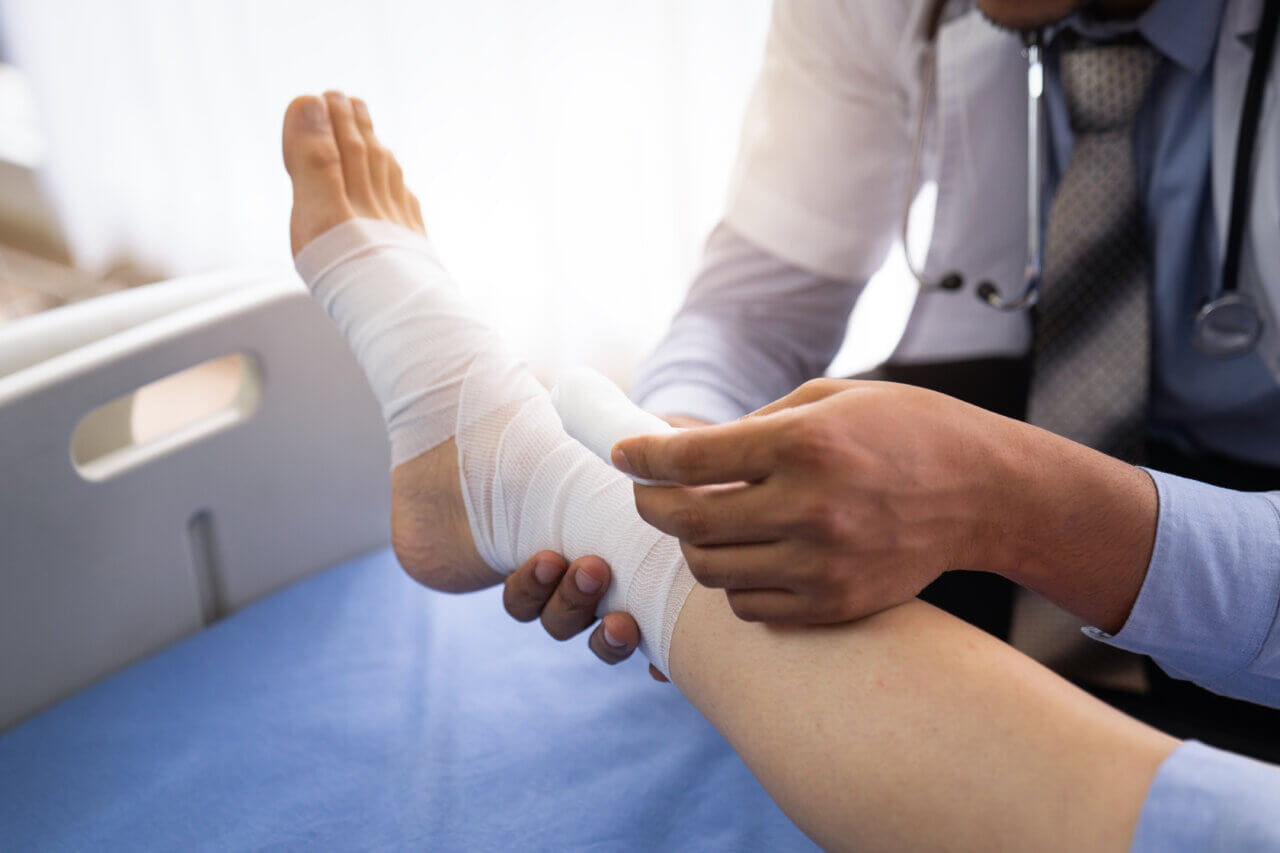Understanding Pickleball-Related Hand and Wrist Injuries

One of the appealing characteristics of pickleball is its fast pace. In a vigorous rally, the ball can make its way back and forth across the net several times in the blink of an eye. However, the sport’s dynamic nature can also lead to injuries, including to the hands and wrists.
This article explains how those injuries occur and provides tips for avoiding them.
Common Hand and Wrist Injuries From Pickleball
Pickleball players can experience both acute injuries (from a specific action or incident) and overuse injuries (the result of repetitive stress) to their hands and wrists. Wrist sprains (damage to ligaments) and strains (damage to muscles or tendons) are among the most common acute injuries.
They can occur when a player goes to the ground, accidentally or intentionally, to reach a difficult shot. Wrist sprains and strains can even occur simply from hitting a shot awkwardly, particularly if that action happens repeatedly. Players can also break bones in their hands or wrists from falls or diving for shots.
Tendonitis is a common overuse injury in pickleball. It develops in the hands and wrists from repetitive motions, causing pain, tenderness, and limited range of motion.
How to Avoid Pickleball-Related Hand and Wrist Injuries
Hand and wrist injuries, especially in your paddle hand, can make playing pickleball anywhere from uncomfortable (if you have tendonitis) to impossible (if you break a bone). Fortunately, you can take steps to reduce your risk of these injuries.
Protecting Yourself From Acute Pickleball Injuries
Reducing your risk of acute wrist or hand injuries centers on keeping yourself upright. First, you shouldn’t dive for shots. No point is worth an injury and being sidelined while recovering from it.
It’s also crucial to learn and use good footwork and shot technique. Moving fluidly and efficiently around the court reduces your risk of falling and helps you conserve energy so you can play with less fatigue. Striking the ball correctly reduces stress on wrists and hands.
You should also wear the right equipment. Supportive shoes are essential, and some players who have specific risks for or concerns about wrist injuries wear braces to help support them.
Protecting Yourself From Pickleball Overuse Injuries
You can reduce your risk of overuse injuries by stretching your wrists and hands before and after play. You should also follow the advice about learning good shot technique, as striking the ball awkwardly (especially repeatedly) can stress and irritate muscles, tendons, and ligaments.
Time for rest and recovery between pickleball outings is essential. If you start to feel some pain or stiffness in your hands or wrists, consider increasing the interval between pickleball sessions to give your body more time to heal.
Finally, using a pickleball paddle that’s appropriate for your size and style of play is crucial. Working too hard to grip, lift, and swing your paddle strains your hands and wrists, increasing your risk of overuse injuries.
Pickleball Hand or Wrist Injury? Baptist Health Is Here for You.
Minor pickleball-related hand and wrist injuries typically respond well to home treatments like rest, ice, and over-the-counter pain medication. However, if you break a bone or develop a persistent overuse injury, we can help.
Contact your Baptist Health provider for diagnosis and treatment. Appropriate care supports fast, full recovery, minimizing your time on the sidelines so you can maximize your enjoyment of the game.
Take our Knee and Hip Joint Pain Assessment, call 1.844.6BAPTIST, or find a Baptist Health provider by visiting our provider directory to get started with Baptist Health Orthopedic Care today.
Next Steps and Helpful Resources
Learn More About Orthopedic & Sports Medicine at Baptist Health
Orthopedic Concerns for Pickleball Players
Preventing and Treating Pickleball-Related Knee Pain
Pickleball After Joint Replacement Surgery


